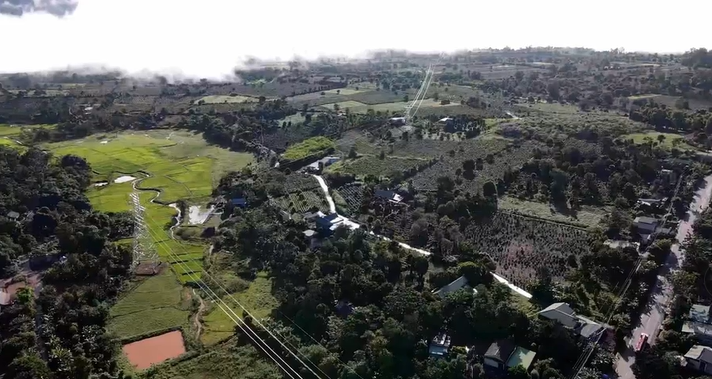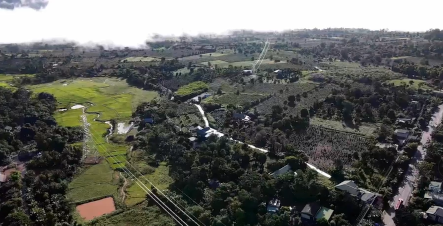

Electricity demand in Viet Nam is expected to grow at 8% annually through to 2030. Meeting this demand will require increasing power generation capacity and developing more renewable sources of energy. Building the infrastructure to generate and transmit the extra energy capacity will require significant amounts of financing and strong collaboration.
ADB arranged and syndicated a $173 million green loan to finance the Lotus Wind Project. It is a milestone project for PC1 Group Joint Stock Company (PC1 Group), one of Viet Nam’s largest renewable power plant developers, and for its partner, RENOVA, Inc. a Japanese renewable energy developer.
The project is expected to generate an average of 422 gigawatt-hours of electricity and avoid an average of 162,430 tons of CO2 emissions annually – helping to diversify Viet Nam’s energy mix and supporting its efforts to meet climate action goals.
Transcript
This wind turbine is one of many built in the central highlands of Viet Nam as the country embraces clean energy.
It is part of the three wind farms recently developed in the mountainous province of Quang Tri.
Lien Lap, Phong Huy, Phong Nguyen - or collectively known as the Lotus Wind Farm.
One of the largest wind power projects financed in Viet Nam and one of the first to attract international lenders.
Its construction and operation are supported through a $173 million green loan project financing package arranged and syndicated by ADB.
This is a milestone project for PC1 Group Joint Stock Company, one of Viet Nam’s largest renewable power plant developers.
Trinh Van Tuan, Chairman of the Board, PC1 Group Joint Stock Company (PC1 Group):
This investment decision is a part of PC1 Group’s long-term investment plan for green, renewable energy for 2021-2030.
I believe that the project will not only be an economic success, but also contribute to the environmental and social success. This is one of the directions that PC1 Group is following. We are determined to invest in a green project which will generate clean energy and bring a stable cash flow to the investors and PC1 Group, and also contribute to the roadmap of Viet Nam and other countries for investment in green projects.
It formed a unique partnership with RENOVA, Inc. a Japanese renewable energy developer.
Yosuke Kiminami, Founding CEO of Renova:
This project was the first large-scale overseas project for us. In that sense, I think it was the important first step in our overseas business expansion. As we seek to expand our business into the Asian region, I was truly pleased that we were able to start with this project.
By combining capabilities of local companies and our company from Japan, I hope we can eventually accomplish more projects. If more and more projects are developed in this way across Asia, they will be improved through friendly competition, and project development capabilities of Asia will be enhanced as a whole. I think this is probably the key to real success in the region’s decarbonization.
Installation of the wind turbines was completed in October 2021.
The three wind farms are expected to generate an average of 422 gigawatt-hours of electricity annually.
This will increase Viet Nam’s wind power capacity by 30%.
Jackie Surtani, ADB Private Sector Operations Department Infrastructure Finance Division Director for East Asia, Southeast Asia, and the Pacific:
This is ADB’s first financing of a wind power project in Viet Nam, and is certified by the Climate Bonds Initiative. It will add to ADB’s extensive experience in large-scale renewable energy projects in Viet Nam, and underlines our commitment to helping the country map a clean energy future. This is a milestone project which demonstrates how private financing can be effectively mobilized to develop wind power projects in Asia and the Pacific.
Large financing amounts and strong collaboration are needed to develop power infrastructure like the Lotus wind farms.
In Viet Nam, and many other developing economies of Asia and the Pacific, most investments in power sector has been made by the public sector.
But it can’t meet the total cost. So private sector engagement is essential to fill the financing gap.
As Asia and the Pacific’s climate bank, ADB will continue to drive the case for clean energy.
ADB will continue to encourage lenders, development partners, and the private sector to promote renewable energy solutions to fuel the region’s green growth.
This was first posted on the ADB website.
